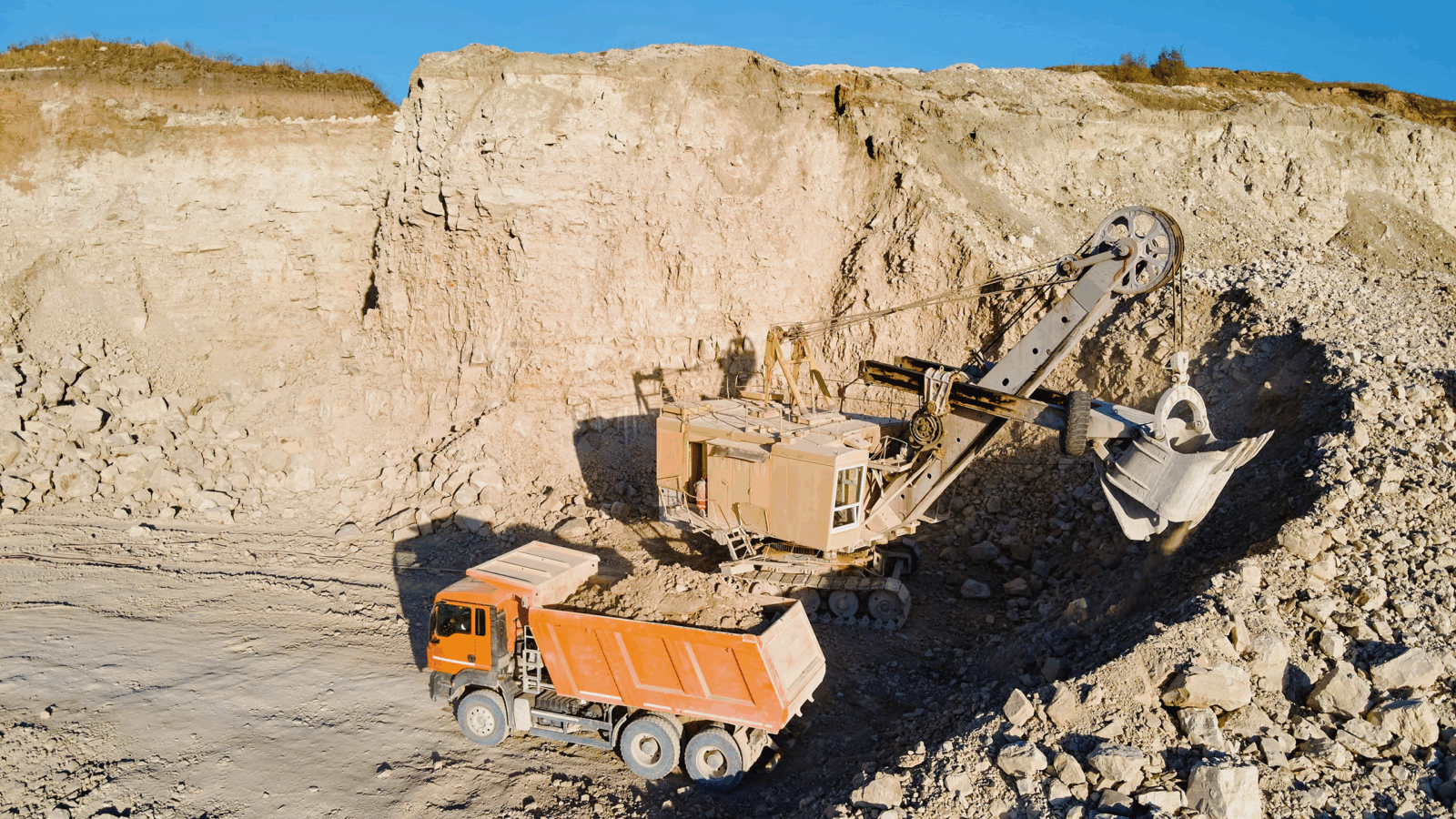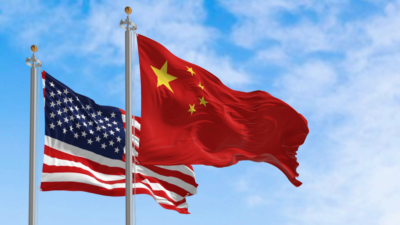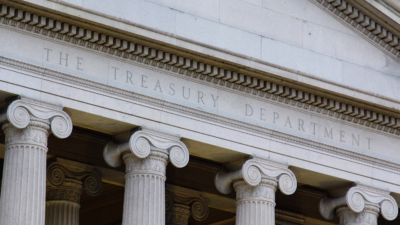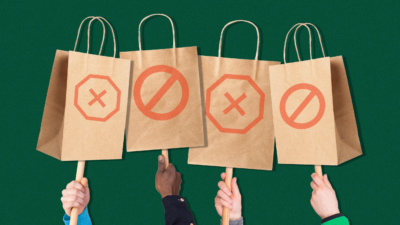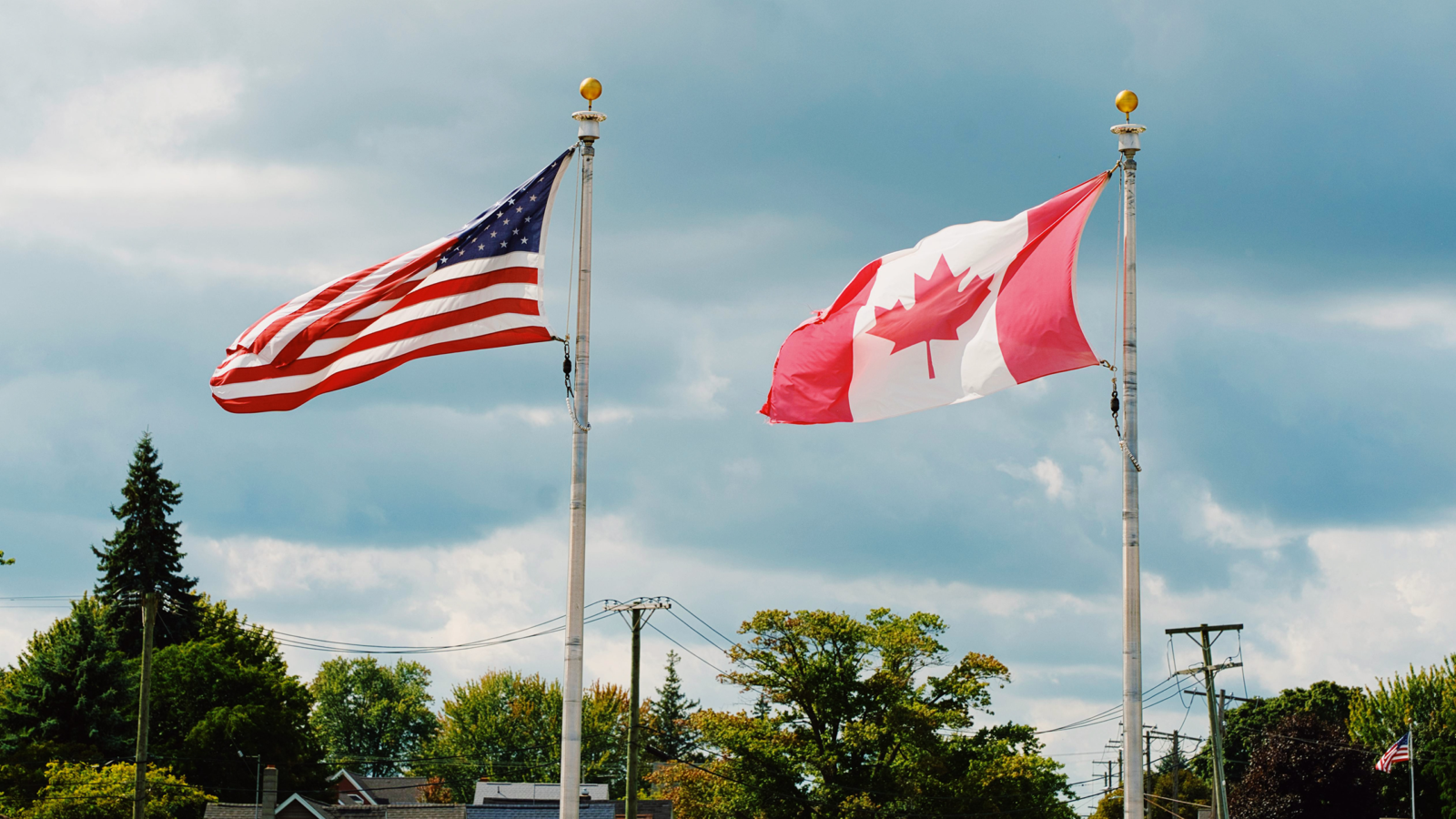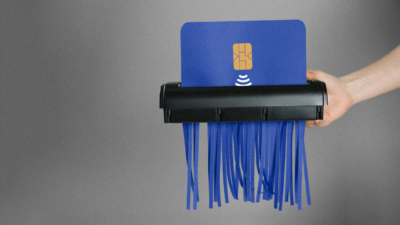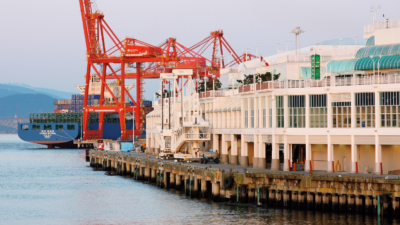Canadian Voters Head to Polls, Carrying Grudge Over US Tariffs
As the US unleashes economic havoc on Canada, politicians inside America’s neighbor to the north are poised to start hammering each other.

Sign up for smart news, insights, and analysis on the biggest financial stories of the day.
As the US unleashes economic havoc on Canada, politicians inside America’s neighbor to the north are starting to hammer each other.
In other words, it’s campaign season.
Canadian Prime Minister Mark Carney asked the country’s Governor General on Sunday to dissolve parliament for an April 28 federal election. If it couldn’t be more painfully obvious, the number one issue in the election will begin with the letter ‘t’ and end with ‘ariffs,’ but affordable housing also ranks high among voters’ priorities.
Axing and Taxing
Carney took over less than two weeks ago, succeeding former Prime Minister Justin Trudeau, who agreed to step down in December amid pressure from his own party. The governing Liberals were wildly unpopular and trailing by double digits in polls at the time — the finance minister even quit the cabinet, alleging reckless spending.
But since POTUS threatened he would use “economic force” to turn Canada into the 51st American state and unleashed a raft of tariffs on the country, the Liberals bounced back into a dead heat with the rival Conservatives, led by 45-year-old career politician Pierre Poilievre.
Carney’s resume appears tailor-made for the moment: 13 years at Goldman Sachs, chairing asset management giant Brookfield and terms as governor of the central banks of Canada and England, steering the countries through the late 2000s recession and the Brexit fallout, respectively. And while he and Poilievre have argued over who would be best positioned to stand up to President Trump on tariffs, Carney has seemingly poached some of his Conservative rival’s ideas on other economic issues expected to play a role in the campaign:
- Last week, Carney promised to eliminate a 5% tax for first-time homebuyers on homes worth C$1 million or less. Canada has for years been mired in a worsening housing crisis — with a 3.1 million-unit shortfall forecast for 2030 — and new construction in prohibitively expensive cities like Vancouver and Toronto has slowed dramatically of late. Poilievre, though, made an even bolder pledge than Carney in October to extend the same tax cut to all homebuyers on residences bought for C$1 million or less.
- Carney’s first act in office was to kill a consumer carbon tax, a key policy achievement of Trudeau’s that put a minimum price on carbon-polluting purchases like gasoline and natural gas in order to encourage more environmentally friendly consumption. But the policy earned scorn from the energy sector and voters angry about gas and energy bills — it was also one of Poilievre’s greatest political weapons, as he deployed an “axe the tax” mantra in reference to the carbon levy when he was leading by double digits in the polls.
In his first day of campaigning, Carney added another fiscal promise, this one aimed at middle and lower class voters: a 1% reduction in the country’s lowest tax bracket, which his party said will save a two-income household up to C$825 ($527) per year and benefit 22 million people.
Crisis Actor: Danielle Smith, a conservative firebrand and the premier of energy-rich Alberta, last week threatened a “national unity crisis” unless the next prime minister facilitates her province’s “access to oil and gas corridors” on Canada’s Pacific, Atlantic and Antarctic coasts (read: Builds pipelines to get energy to export). The Quebec government, which has opposed some previous transnational pipeline proposals, has signaled it’s willing to reconsider amid the threat of US tariffs, and as both Poilievre’s Conservatives and Carney’s Liberals push for trade alliances with Europe and other global partners now that the US suddenly appears less reliable.
